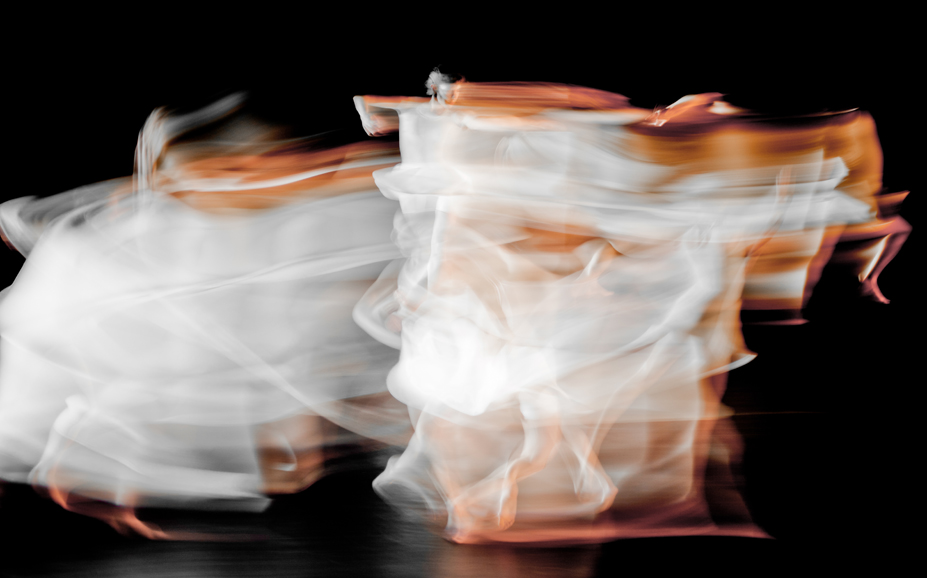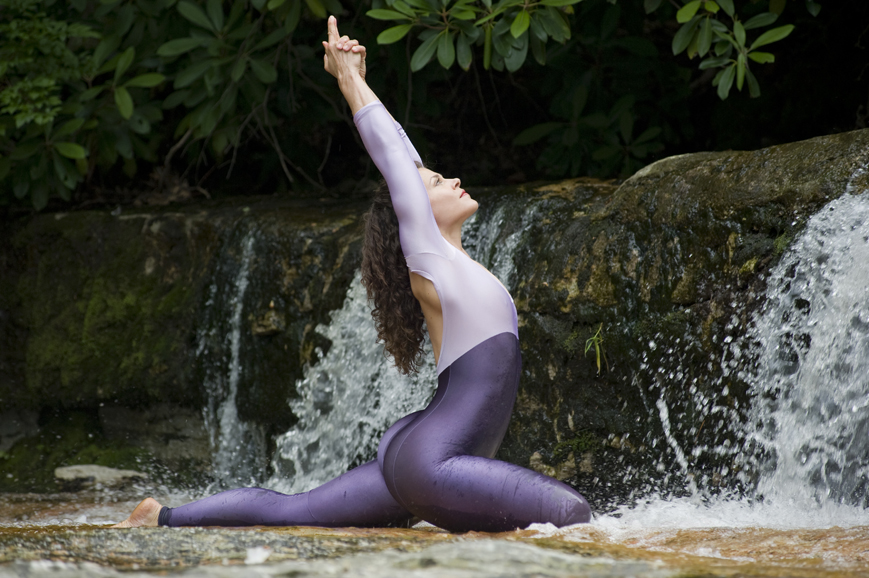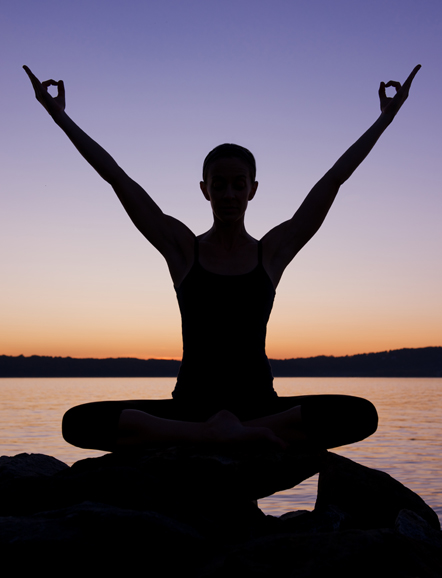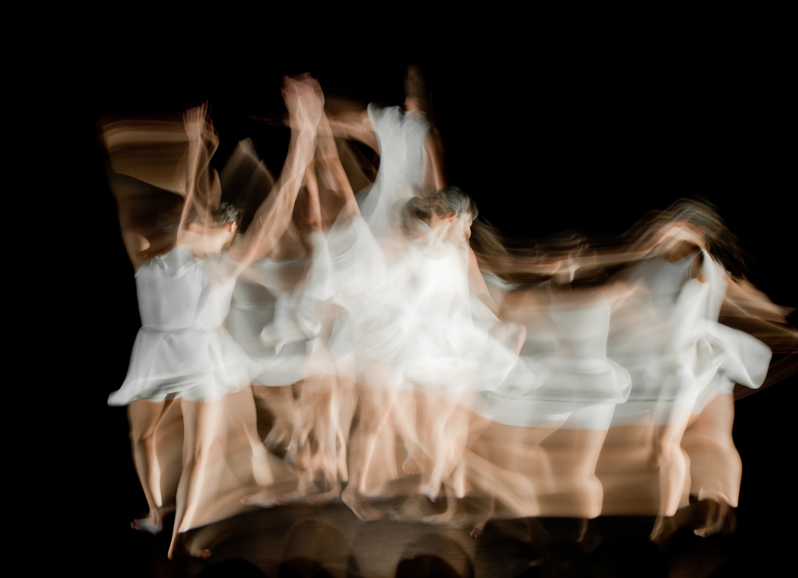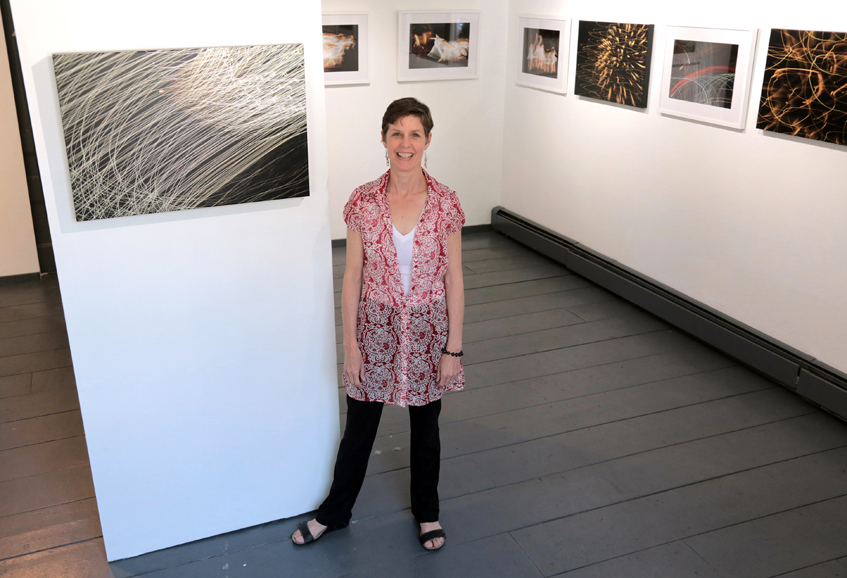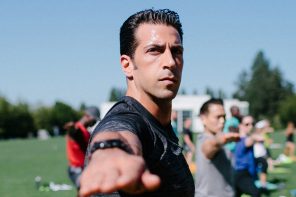Ellen Crane, a professional dancer turned photographer, has never let her first love go.
A glance through her expansive portfolio finds it filled with dance images, her trademark technique showing the art form in a new, expressive light.
It’s what has caught the attention of both the dance and art worlds, allowing Crane to continue to put her personal spin on something long important to her.
This month, she returns to Gallery 66 NY in Cold Spring to showcase a series of work that focuses solely on the dance photography that stands, artfully, apart.
It is Crane’s artist statement that perhaps sums it up best, “My photographic images are an exploration of movement and stasis. Although I am primarily concerned with moving subjects, I also shoot seemingly still objects that reference movement in some way. I often add a sense of motion to my subjects by keeping my shutter open for a relatively long duration or by moving my camera. Striking the right balance of kinetic energy is my goal in art and life.”
And finding that balance in life has brought Crane to where she is today.
HER FIRST STEPS
Born in Indiana, Crane grew up in suburban Detroit and studied dance while in high school. She graduated a year early to become a scholarship trainee with the Milwaukee Ballet and would dance professionally in several cities before landing in New York City in the early 1990s.
She says it was her personality — “I was very Midwestern” — that kept her from coming to New York sooner.
“I was focused on my career, but I was wary of going a little far afield.”
Auditions, part-time jobs and a transition to modern dance would follow.
“I was getting little gigs here and there,” she says, though something kept nagging at her. “I was like ‘Maybe I did things backwards,’” in waiting so long to hit the dance capital.
All the while she was dancing, Crane says, “I had this idea in my head.”
That idea was to combine her love of dance with photography, so she enrolled in the Gallatin School of Individualized Study where she created a major with a concentration in photography.
Soon, her new career began to take shape.
“I really let dancing go,” she says, though it would actually become the focus of her photography studies. “I wanted to stay connected to dance… I was removed from it but connected somehow.”
She would go on to work for noted dance photographer Lois Greenfield for seven years.
Crane says she admired Greenfield’s approach, what she says was using a “dancer’s body as an element” in her work.
In her own work, though, Crane sees her role differently, focusing on “the concept of dance and how I can convey the importance of dance.”
It goes back to her work for a documentary photography class that found Crane following the American Repertory Ballet backstage and in performance. A shot in which she changed the shutter speed — creating a dramatic, more abstract work — earned the most praise in a class critique.
“Everybody really liked that image even though it wasn’t documentary at all,” she says.
Crane has continued to create dance works by using slower shutter speeds and other methods to truly explore its artistry.
“I’m really interested in movement,” Crane adds. “I am really interested in someone who can really move or create an interesting shape with movement. I’m interested in how that movement evolves.”
It’s not about, she says, how high they can jump or the position of their feet but about really “seeing the person.”
THE POWER OF DANCE
It all, Crane says, gets to the heart of dance.
“It takes you out of your everyday existence. It enables you to convey a certain sense of emotion.”
Her goal is to convey what dance means to the dancer, “not just pure physicality but also that sense of trust, collaboration.”
Instead of simply documenting what’s in front of her, her method “also allows me to create something different than what I see.”
Crane finally realized that she wanted to keep her professional focus behind the lens, not on the stage, and embraced her new career path.
“When I was younger I was shooting for Dance Magazine, New York magazine,” she says, among other publications.
Today, “I just kind of take advantage as (work) comes about.”
A move to the suburbs — she’s living in Dobbs Ferry — and a growing involvement in the local community led to Crane working with a number of organizations.
She says traditional assignments from local dance schools, for example, give her the “freedom to work on the art.”
“I’m still kind of getting going in the art world,” she says.
But she’s become involved in ArtsWestchester through her extensive work with RiverArts, a visual and performing arts organization in lower Westchester, and does select gallery shows. She has exhibited at Lincoln Center for the Performing Arts, the Blue Door Gallery in Yonkers, The Donald Gallery in Dobbs Ferry and the Upstream Gallery in Hastings-on-Hudson, with her work also found in private collections across the country.
ANOTHER SHOW
Crane included three dance images in her photography exhibition at Gallery 66 NY in June and has now been called back for a showcase this month, where a full gallery will be devoted to her dance photography. “Lyrical Photography of Ellen Crane” will open with an Aug. 5 reception and continue through Aug. 28.
The works in the show will feature Crane’s collaboration with Trainor Dance, led by artistic director, dancer and choreographer Caitlin Trainor.
It’s a collaboration that dates back nearly a decade, says Trainor.
“Our approaches to work are quite complementary,” Trainor says. “Ellen is very detailed and precise but also very spontaneous, and I am kind of brazenly physical but also very thoughtful about my artistic intentions.”
Trainor sees something unique in Crane.
“Much of Ellen’s work, particularly the time-lapse images, play with light and time in a way that creates a sense of motion that is unusual in still photography. It is easy for a photographer to capture the form of the dancer’s body, and for the beauty of the image to rest upon that figure. But the best dance photographers are doing much more than that, and Ellen’s work is dynamic, sometimes abstract, emotive and not literal at all.”
Trainor concludes that Crane brings much to a project, not the least of which is her own experience with dance.
“Using the tools of the dancer — that is, her own movement in time — Ellen creates beautifully distorted images of flowing movement and light, each with their own sense of poetry and artistry,” Trainor says. “Not only are these photos gorgeous as abstract images, but they invite dance audiences to look beyond the form of the dancer’s body and into the feeling of the dance. Very subtly, Ellen shifts the focus from the often-objectified dancer’s body and into the whoosh of movement that is the dance itself. I wish more dance audience came to know dance through her lens.”
For more, visit ellencrane.com.

